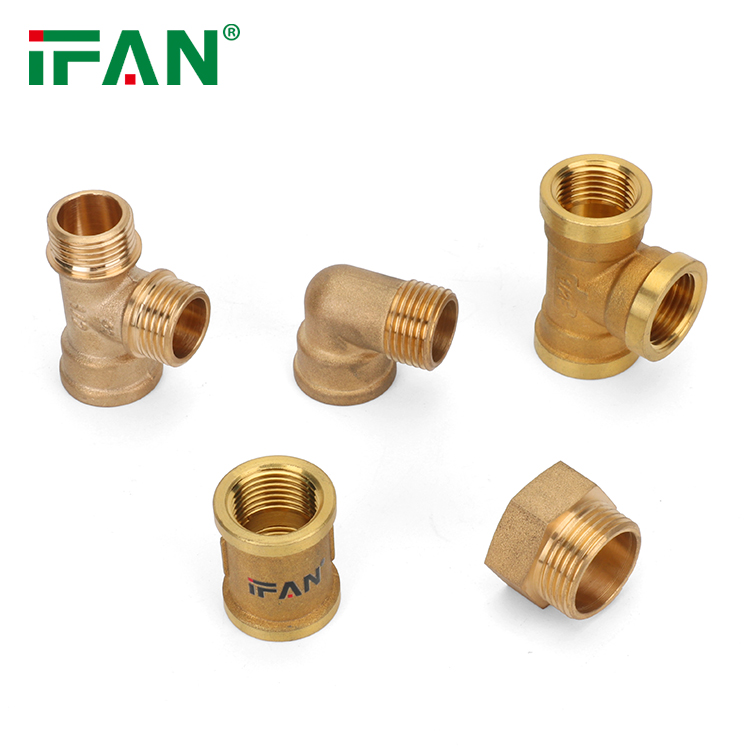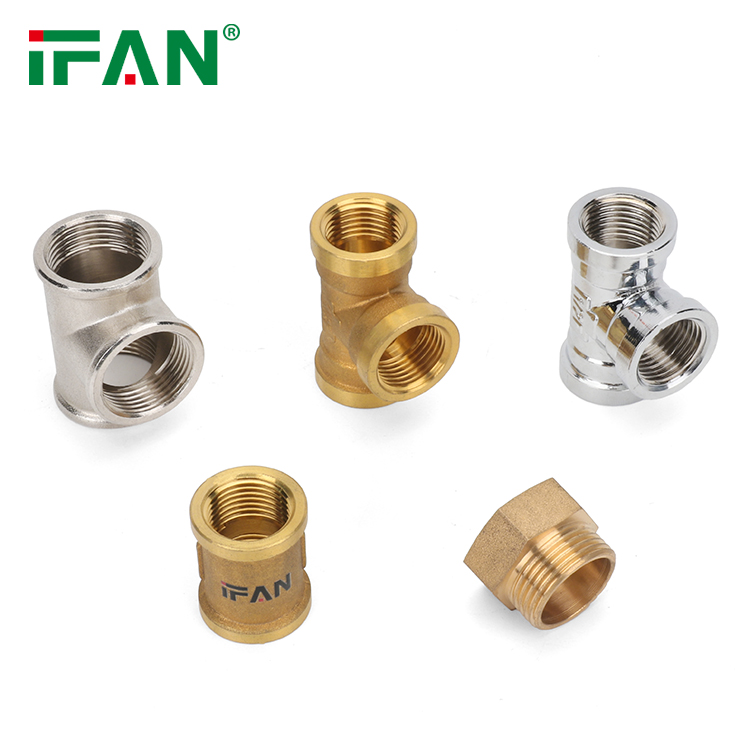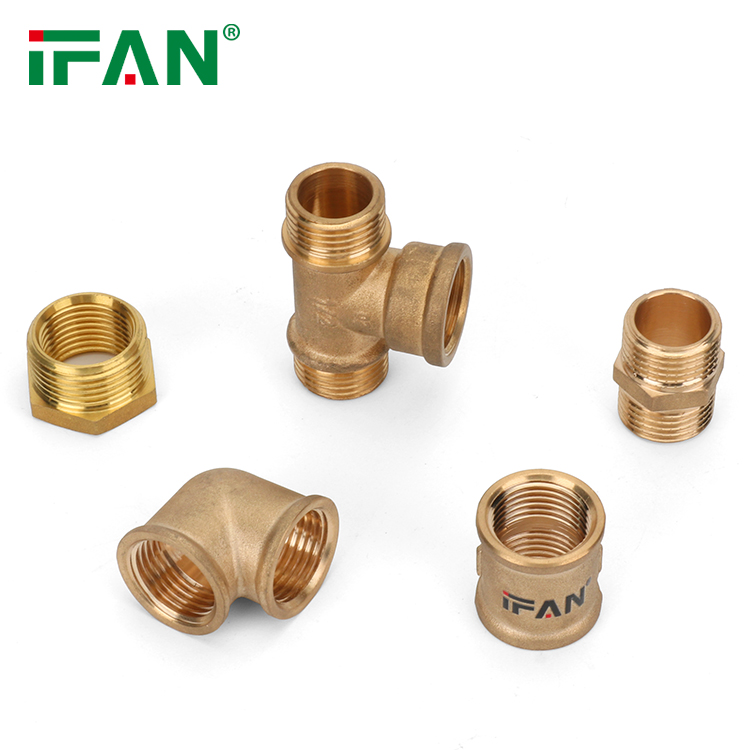Achieving Precision and Quality with Brass Fittings in Manufacturing
As a manufacturing industry professional, you understand the importance of precision and quality when it comes to your products. For that reason, Brass Fittings have become an essential part of your manufacturing process. With their many benefits and advantages, Brass Fittings are indispensable in any manufacturing setup.

Brass Fittings are an alloy made of copper and zinc, and they are highly resistant to corrosion and wear. Additionally, they are affordable, easy to machine, and offer excellent electrical conductivity. They are also incredibly malleable, ductile, and highly resistant to atmospheric and water vapor corrosion.
The beauty of Brass Fittings is that they come in various shapes, sizes and designs. This makes them ideal for various applications in manufacturing, including plumbing, automotive, marine, and aerospace industries.
A key advantage of Brass Fittings is that they are manufactured to precise standards. Every piece of Brass Fitting is crafted with accuracy, so you can be sure that each fitting will fit perfectly and function effectively. The tolerances in Brass Fittings are precise and highly consistent, making them the ideal choice for any application.

Furthermore, Brass Fittings offer great durability and toughness over a long period of time. They are resilient to wear and tear, and they can handle extreme temperatures and harsh environmental conditions.
In conclusion, with their precision, quality, durability and affordability, Brass Fittings are the perfect choice for manufacturers who value exceptional performance, reliability, and cost-effectiveness. So, if you want to achieve precision and quality in your manufacturing process, Brass Fittings are a must-have product. Take the next step and invest in these high-quality fittings to take your manufacturing to the next level!






